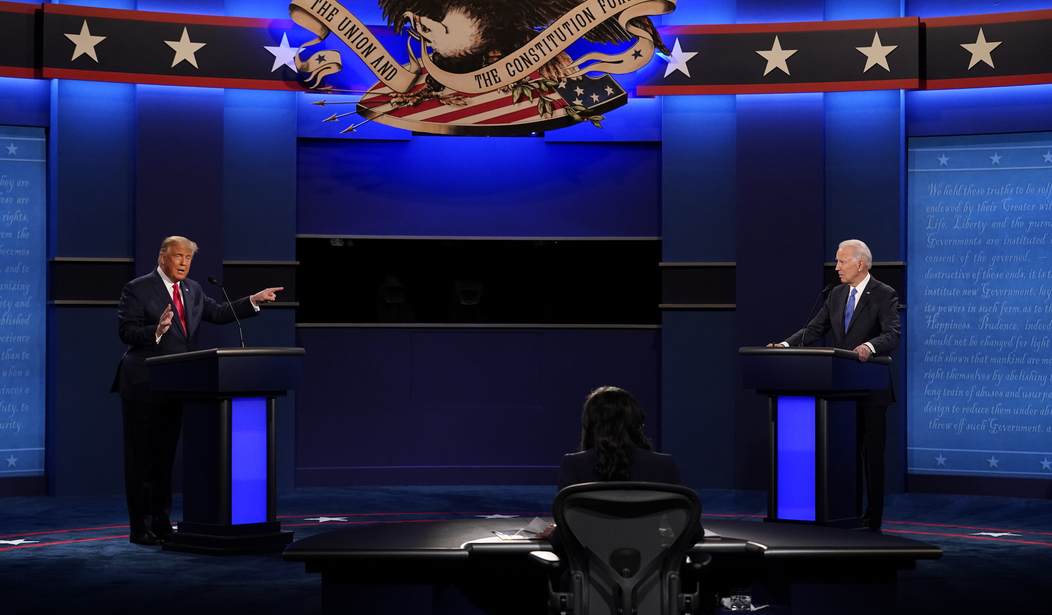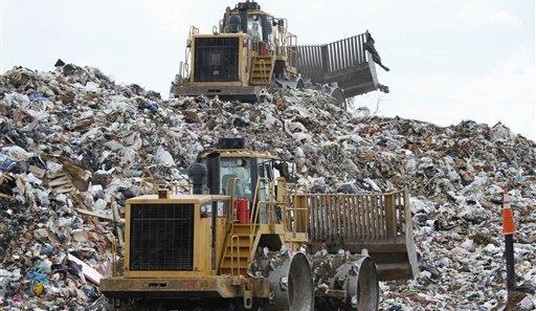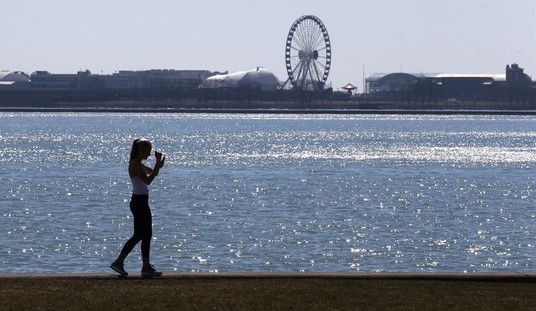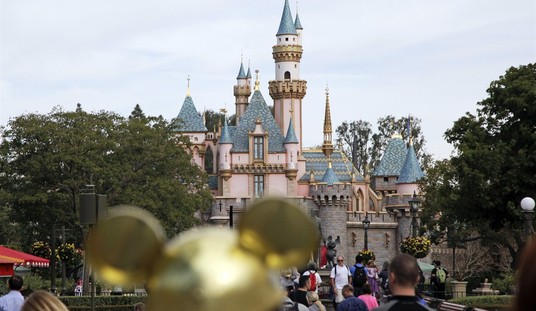During the Presidential debate last week, Pres. Trump managed to draw out of Joe Biden a statement that might just cost him the election.
If you ever needed an example of the FACT that Donald Trump is a smart guy, and has a finely tuned political antenna, note the fact that as soon as Biden made the comment — which might have been fine during the primary season — Pres. Trump said “That’s a big statement.”
Here is a good example of how this issue was “tee’d up” for the General Campaign, but had not really attained the traction it needed to capture the attention of voters.
I think a lot of debate on this topic fails to take a step back and give a BRIEF explanation of what “fracking” is and why it’s a critical feature to increased energy independence with its expanded use through technological innovation in the past decade.
Hydraulic fracturing, called “fracking”, involves the fracturing of bedrock in underground oil and gas fields by high-pressure injection of ‘fracking fluid’ — primarily water containing sand — into well shafts to create cracks through which natural gas and oil will flow more freely.
Drilling and hydraulic fracturing have made the United States a major crude oil exporter as of 2019.
Yes, if you are not fully informed on this issue — in 2019 the United States produced more oil than it consumed, and as a result, became a net “exporter” of oil into the world marketplace.
Increased oil and gas production resulting from the decade-long fracking boom has led to lower prices for consumers, with near-record lows of the share of household income going to energy expenditures.
One thing I learned many years ago was the basic idea that lower energy prices were, in effect, a tax cut. Lower gas prices at the pump, lower utility bills for the house, lower costs for fuel-intensive industries like farming, lower production costs for consumer goods that are made from petroleum-based products — all leave more money in an individual’s pocket every month.
Hydraulic fracturing is currently used in Arkansas, California, Colorado, Louisiana, North Dakota, Ohio, Oklahoma, Michigan, Pennsylvania, Texas, Virginia, West Virginia, and Wyoming. I think this list is a bit outdated, and its probably in more widespread use.
California will be easily carried by Biden, and California oil production is generally more expensive so there is less production when oil prices are low. Arkansas, Louisiana, North Dakota, Oklahoma, Texas, West Virginia, and Wyoming will all be carried easily by Pres. Trump.
Fracking in Virginia is limited to a relatively small area of southwest Virginia, where the resident population is dwarfed by the metropolitan areas of Eastern Virginia, so it will not have any meaningful impact there.
But Colorado, Ohio, Michigan, and Pennsylvania are not so solidly in one camp or the other than an issue over oil and fracking will play no role in the election.
Social media has effectively throttled the emerging stories of Biden’s corruption involving the business dealings of his son Hunter in China and elsewhere, but the “oil” issue raised by Biden’s debate comment was such that all the major media outlets long in the tank for Biden are being forced to acknowledge the implications over the next 9 days until the election. And so have the Democrat Party.
Forbes: Vulnerable Democrats Break With Biden Over ‘Transition’ From Oil Industry
Newsweek: Democrats Rebuke Biden Over Plans to ‘Transition’ Away From Oil
Reuters: Democrats in U.S. drilling states push back against Biden oil remarks
The political reporters at all the big media outfits saw the danger in Biden’s gaffe too:
NYTimes: A Debate Pledge to ‘Transition’ From Oil Puts Climate at Center of Campaign Finale
Politico: Conservatives pounce on Biden’s desire to move away from oil
AP: Biden calls for ‘transition’ from oil, GOP sees opening
WSJ: Oil Industry Bristles at Biden’s Pledge to Transition Away From Crude
WaPo: How politically damaging were Biden’s comments about closing down the oil industry?
See a common thread there?
The Trump campaign put out a new ad this weekend capitalizing the Biden’s mistake:
Note the imagery there – a college-educated white female driving a pickup truck and wearing a hardhat. The spot ends with her speaking while sitting at her kitchen table.
If you look at the campaign stops made by Pres. Trump over the past 3 weeks, he is focusing almost exclusively on Florida, North Carolina and Pennsylvania.
If you look at the electoral map, carrying those three states — plus holding on in Arizona — gets him to 278.
And that’s without needing Wisconsin or Michigan.
He’s made three stops in Pennsylvania in the last 12 days — and it seems that more are planned this week.
The places he has made stops are Trump-friendly country, and the purpose behind going to these particular locations can only be to drive turnout.
On October 13 he was in Johnstown, a south-central Pennsylania city between Pittsburgh and West Virginia. Johnstown is in Cambria County, which went 67% for Trump in 2016. Here are the adjacent counties and the vote percentages won by Trump in 2016: Clearfield (73%), Blair (71%), Bedford (83%), Somerset (77%), Westmorland (64%), Indiana (66%)
On October 20 he visited Erie in the extreme northwest corner of the state, bounded by Canada to the north and Ohio to the West. In 2016, Erie County went only 49% for Trump, but two adjacent Pennsylvania counties voted for him in much higher numbers — Warren (68%) and Crawford (67%).
Today he’s in Allentown, which is in Lehigh County. This is a move into territory that is more “neutral” based on 2016. But the campaign’s polling must suggest there are votes to be won here — probably due to registration numbers. Lehigh County was under 50% in 2016 (45%), but some of the surrounding counties are very significant populations and hold a decent number of potential Trump voters who he needs to get to the polls: Berks (53%), Bucks (48%), Carbon (65%), Montgomery (37%), Northampton (50%), and Schuylkill (70%)
What the President and the GOP are doing in Pennsylvania is pressing the huge gains in voter registration they have made in the state since 2016.
In this earlier story breaking down the trend line in Pennsylvania voting patterns over the past few Presidential elections, I noted that the 2016 result reflected a gross increase of 315,000 votes for the GOP since Obama’s 2008 victory, and a gross decline of 350,000 votes for Democrats in the same period — a 665,000 vote reversal.
In the same time period, the registration advantage enjoyed by the Democrat party over the Republican party in Pennsylvania dropped from 1.23 million to just over 700,000.
But even with a 700,000 advantage in registered voters, Democrats have historically done far worse in turning registration into actual votes over several election cycles when compared to the GOP turning registrations into actual votes.
In 2016, the actual vote total for Hillary Clinton was only 69% when compared to the number of registered Democrats.
Donald Trump’s actual vote total was 90% when compared to the number of registered Republicans.
Because Pres. Turmp is so much more effective at converting registered Republicans into actual GOP votes, the overriding goal of the campaign at this point is to simply drive turnout. He’s going to locations where registration is heavily GOP because every extra voter he gets to the polls is a near-certain Trump voter.
This is how a candidate ahead secures the win. You don’t give the opponent the oxygen to steal states away with narrow margin surprise victories.
That’s how Hillary lost Wisconsin, Michigan, and Pennsylvania in 2016 — and why she is not President today.














Join the conversation as a VIP Member